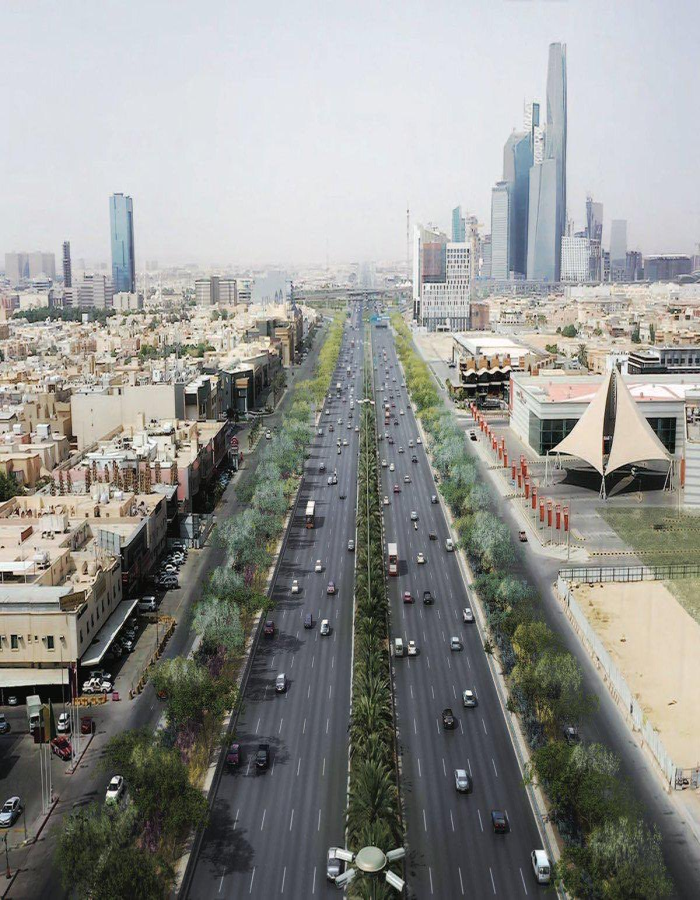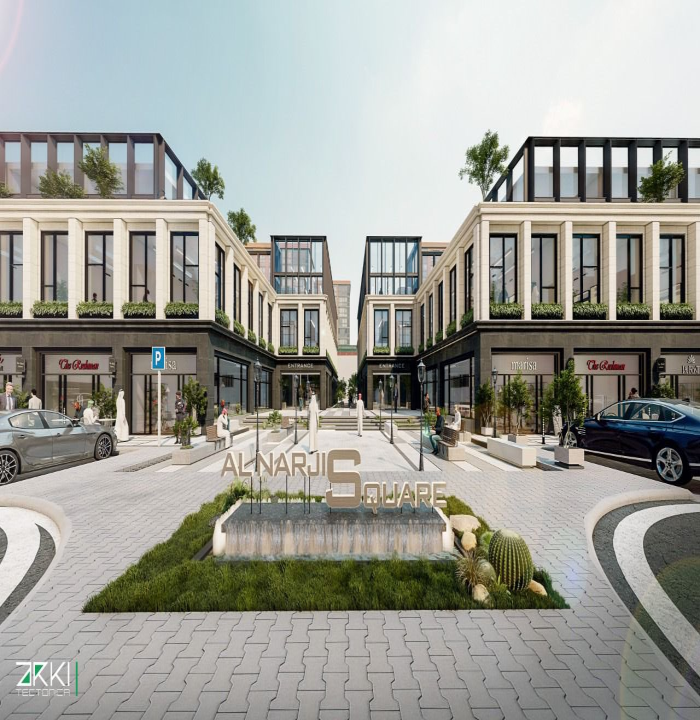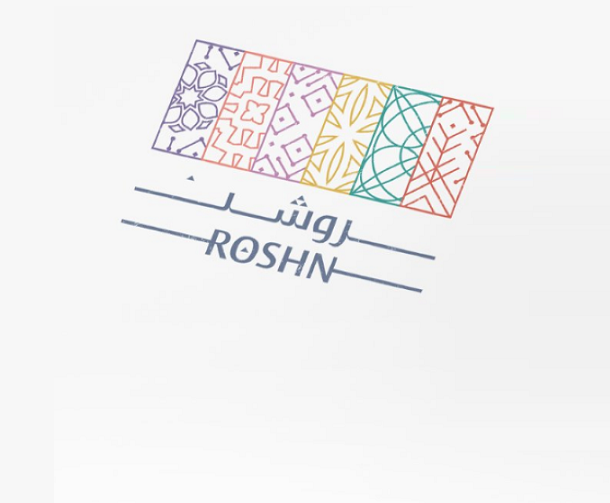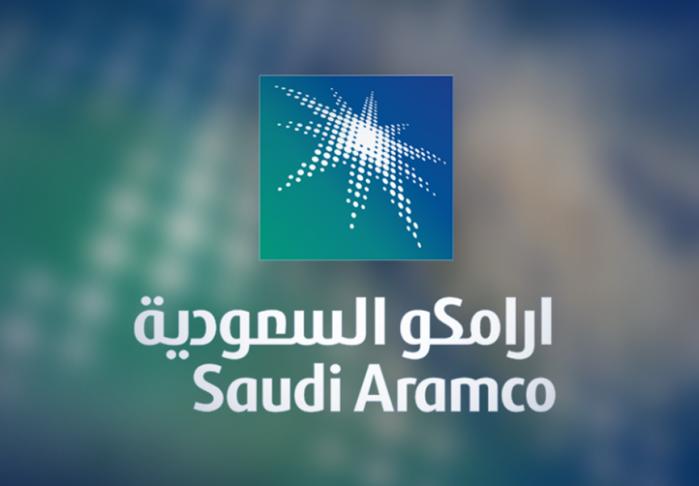

سميرة القطان -بث:
في كلمة رئيسية ألقتها خلال افتتاح نسخة 2023 من المؤتمر العالمي للجوال في شنغهاي بعنوان: "تبني التحول عبر تقنية الجيل الخامس"، سلطت سابرينا مينج، الرئيس الدوري لمجلس إدارة هواوي ومديرتها المالية الضوء على مستجدات الأسواق العالمية التي شهدت طرح تقنية الجيل الخامس على مدار أربع سنوات والفوائد والقيم الجديدة التي حققتها للأعمال والمجتمعات، حيث بات الطريق ممهداً للمرحلة التي تليها المتمثلة بشبكات الجيل الخامس والنصف 5.5G ، الخطوة التالية في مسيرة تطور الشبكات ونشر فوائدها وميزاتها لصالح مختلف القطاعات.
وأوضحت مينج بأن العلوم والتكنولوجيا تتجه نحو أنظمة كبيرة ومعقدة، ما يستلزم موائمة التكنولوجيا لسيناريوهات محددة وتقديم الهندسة اللازمة المتوافقة مع الأنظمة المتطورة على طريق تقدم تقنية الجيل الخامس وإحرازها لمزيد من النجاحات لفائدة الأعمال والمجتمعات.
سابرينا مينج تتحدث خلال مؤتمر الجوال العالمي شنغهاي 2023
وقالت مينج: "شهدنا تسارع تطور تقنية الجيل الخامس التي تم إتاحة ميزاتها للاستخدامات التجارية على مدار الأربع سنوات الماضية وكانت حاضرة في مختلف القطاعات والصناعات وعدد لا حصر له من المنازل، لتغير وجه الحياة والعمل وتحقق قيمة اقتصادية وصناعية واجتماعية هائلة".
وأوضحت مينج المجالات الرئيسية التي تم تعميم ميزات الجيل الخامس فيها بدءاً بالأفراد، حيث أسفرت تقنية الجيل الخامس والنظم السحابية، والذكاء الاصطناعي عن مجموعة من ردود الأفعال المتواصلة أدت بدورها إلى خلق بيئة تتيح لجميع المشترين أن يصبحوا بائعين.
وعلى مستوى الصناعات، أصبحت تقنية الجيل الخامس المحرّك الجديد للإنتاجية يتعين عليها أن تكون جزءَا من أنظمة الإنتاج. وبفضل التخطيط الاستراتيجي والفهم العميق للسيناريوهات الصناعية والتحسينات المستمرة للعوائد على الاستثمار، حظيت تقنية الجيل الخامس بفرصة توطيد أقدامها وتعزيز حضورها في مختلف الاستخدامات الصناعية.
وقالت مينج بأن تقنية الجيل الخامس تعتبر إيذانًا بعهد جديد من الاتصال الفائق بين الأشياء، وإضفاءً لقوة جديدة على شبكات إنترنت الأشياء وابتكاراً لأشكال جديدة من الإنتاجية. وفي سياق التطور، ستؤدي تقنية الجيل الخامس لظهور أجهزة وتطبيقات جديدة تقدم تجربة غامرة أكثر من ذي قبل، ومن أمثلة ذلك حل 5G New Calling وكذلك التطبيقات ثلاثية الأبعاد المناسبة للعين المجردة.
وأضافت مينج: "تقنية الجيل الخامس والنصف 5.5G تجسد الخطوة التالية من الجيل الخامس. وستوفر سرعات تنزيل بواقع 10 جيجا بايت، وسرعات تحميل بواقع جيجا بايت، إلى جانب القدرة على دعم 100 مليار اتصال علاوة على دعمها الكبير للذكاء الاصطناعي. ولن تقف عند حد توفير مستوى تواصل أفضل بين الناس، بل تخلق فرص عمل هائلة مع مزيد من الدعم الموجّه للاحتياجات الصناعية في قطاعات مثل إنترنت الأشياء والاستشعار والتصنيع المتقدم.
اوضحت مينج كذلك أن سلم النجاح لا يقوم على التقدم المستمر في تقنية واحدة فحسب، بل يعتمد على مواءمة التكنولوجيا للسيناريوهات المحددة والاحتياجات الفعلية. وهنا تحظى هندسة الأنظمة بدور أساسي في الانتقال إلى المستوى التالي. وما إن طُرحت تقنية الجيل الخامس في الأسواق حتى فتحت الباب على مصراعيه أمام الابتكار الرائد الذي يحقق قفزات هائلة. ومن مسؤولية المعنيين بالاتصالات والمعلومات التخطيط لكيفية تمهيد الطريق لضمان استمرار نجاح تقنية الجيل الخامس، الأمر الذي يسلتلزم إيجاد التقنية المناسبة للسيناريوهات المختلفة".
وأضافت مينج: على أرباب الصناعة أن يتعاونوا عن كثب في كل مسارات سلسلة القيمة، مع النظراء والشركاء والعملاء والمطورين، خلال دورة حياة المنتج كلها بداية من البحث والتطوير والتوريد حتى الإمداد والتسويق. كما يتعين عليهم أن يمهدوا الطريق أمام النجاح المستمر لتقنية الجيل الخامس من خلال العمل على نمذجة الحلول والتحسين الأمثل علاوة على الأدوات والمنهجيات.
بناء القدرات المتكاملة واستكشاف مستقبل الاتصالات
وقالت مينج أن البنية الأساسية الرقمية لعالم الغد الذكي سوف تدخل في كل مجالات الحياة الإنسانية ومختلف نواحي الصناعة والتواصل وحياة المجتمعات. ولن تعتمد على التحسين في التقنيات الفردية، وإنما تقوم على أجهزة ضخمة ومعقدة بصورة تفوق الوصف، والتقاء عناصر متعددة.
وتحدثت مينغ عن نوعين محددين من القدرات المتكاملة. "النوع الأول هو دمج التقنيات المختلفة. ويمكننا أن نضمن تضافر الجهود بشكل أكبر عبر النظام السحابي والشبكات والأجهزة. وذلك من خلال التصميم المنهجي والابتكار في مختلف الميادين. وإذا تواكب هذا مع عملية التحسين الأمثل على مستوى البرمجيات والأجهزة والرقائق والخوارزميات، عندها يمكننا مواجهة التحديات المرتبطة بتطوير حلول معقدة تناسب عددًا هائلاً من السيناريوهات الصناعية المختلفة."
أما النوع الثاني فهو القدرة على دمج أساليب مختلفة في الإدارة. فالتحول الرقمي والذكي لا يقف عند حدود التكنولوجيا نفسها. بل يتعلق بحدوث تحول في أسلوب الإدارة. والتحول الرقمي يستلزم منا إعادة تحديد العلاقات بين الأفراد، والفعاليات، والأشياء بل والنظرية نفسها، وباتباع أسلوب في الإدارة أكثر انفتاحًا واستشرافًا للمستقبل حتى يتسنى لنا التصدي لتحديات هذا المستقبل".
واختتمت مينج كلمتها بقولها: " ستساعدنا التقنيات المتطورة كالجيل الخامس والخامس والنصف والذكاء الاصطناعي والأنظمة السحابية كثيراً في مواكبة تقدم موجة الرقمنة، وستمضي بنا نحو المسارات الصحيحة لبناء العالم الذكي الذي يتطلع له الجميع. والابتكار المشترك وتضافر الجهود هو المسار الأمثل لتحقيق مبتغى الأعمال والمجتمعات بتعميم ميزات التقنيات".
Huawei's Rotating Chairwoman and CFO at MWCS 2023: Embracing 5G transformation
At Mobile World Congress Shanghai 2023, Sabrina Meng, Huawei's Rotating Chairwoman and CFO, gave a keynote titled "Embracing 5G transformation". Meng pointed out that 5G has been in commercial use around the world for four years now, driving new value creation. She stated that 5.5G is the next step forward for 5G.
She explained that science and technology are moving towards large, complex systems. This requires matching technology to specific scenarios and performing systems engineering, in order to pave the way for 5G's ongoing success.
5G is creating value along three different fronts
5G has been in commercial use for four years now. Across all industries and countless households around the world, it's changing the way we work and live, creating tremendous economic, industrial, and social value.
For consumers, 5G, cloud, and AI have set off a chain reaction, new forms of business are emerging in great quantities, and a multiplier effect is readily clear.
For industries, to become a driver of productivity, 5G has to become a component of production systems. That's the only way for 5G to see large-scale industrial applications. Strategic patience, an in-depth understanding of industrial scenarios, and ongoing improvements to ROI have given 5G a foothold in industrial applications.
Moving ahead, 5G will give rise to new devices and applications that deliver a more immersive experience, like 5G New Calling and naked-eye 3D. 5G is also ushering in a new era of super-connectivity between things, bringing new strength to IoT networks and driving new forms of productivity.
5.5G is the next step forward for 5G. 5.5G will feature 10-gigabit downlink speeds, gigabit uplink speeds, the ability to support 100 billion connections, and native AI. It will not only connect people better – it will also create incredible new business opportunities with more targeted support for industrial needs in domains like IoT, sensing, and advanced manufacturing.
Taking 5G to the next level and paving the way for ongoing success
The ladder to success isn't built on ongoing progress with a single technology. It's built on matching technology to specific scenarios and real-world needs. And systems engineering is key to taking the next step up.
The commercial deployment of 5G has created a growing appetite for more groundbreaking, leapfrog innovation. So how can we pave the way for 5G's ongoing success?
This will require finding the right technology for different scenarios and performing more comprehensive systems engineering. This will also require diving deeper into industrial scenarios, truly understanding customers' pain points, and adopting a more holistic systems engineering mindset.
The industry needs to work more closely together both up and down the value chain – with peers and partners, customers and developers – throughout the entire product lifecycle, from R&D and procurement, to supply and marketing. The industry needs to pave the way for 5G's ongoing success by working on solution modeling and optimization, as well as tools and methodologies.
Building up integrated capabilities and exploring the future of communications
The digital infrastructure of the future intelligent world will be deeply integrated into every aspect of people's lives, industry, and society. It won't be based on advancements in individual technologies, but rather on incredibly massive, complex systems – the convergence of multiple elements. It's going to require systems-level thinking and design.
When watching a chess game, you can see the big picture. But when you're playing chess, you focus on the details. Likewise, systematic capabilities to integrate technology and transform management are critical for the future success of 5G.
Meng spoke about two specific types of integrated capabilities. "The first is integrating different technologies. We can achieve greater synergy across cloud, networks, edge, and devices through systematic design and cross-domain innovation. When coupled with optimization across software, hardware, chips, and algorithms, we can address the challenges associated with developing complex solutions for vastly different industrial scenarios,” Meng added.
"The second is the ability to integrate different approaches to management. Digital and intelligent transformation is not just about technology itself. It's more about transforming your approach to management. Going digital requires redefining the relationships between people, events, things, and theory, and adopting a more open, forward-looking management approach to address future challenges," she continued.
Meng concluded: "Information technologies like 5G, 5.5G, AI, and cloud will help us rise with the tide and take us forward to an intelligent world. The best scenery is always ahead. Let's create a bright future together."















